Filter by
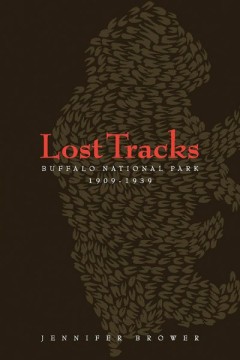
Lost Tracks Buffalo National Park, 1909–1939
While contemporaries and historians alike hailed the establishment of Buffalo National Park in Wainwright, Alberta as a wildlife saving effort, the political climate of the early twentieth century worked against its efforts to stem the decline of the plains buffalo in North America. However, the branch charged with operating the park, the Canadian Parks Branch, was never sufficiently funded and…
- Edition
- -
- ISBN/ISSN
- 9781897425107.01
- Collation
- -
- Series Title
- -
- Call Number
- 193 pages
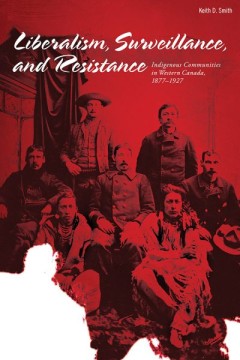
Liberalism, Surveillance, and Resistance Indigenous Communities in Western C…
Canada is regularly presented as a country where liberalism has ensured freedom and equality for all. Yet with the expansion of settlers into the First Nations territories that became southern Alberta and BC, liberalism proved to be an exclusionary rather than inclusionary force. Between 1877 and 1927, government officials, police officers, church representatives, ordinary settlers, and many ot…
- Edition
- -
- ISBN/ISSN
- 978-1-897425-39-8
- Collation
- -
- Series Title
- The West Unbound: Social and Cultural Studies
- Call Number
- 334 pages
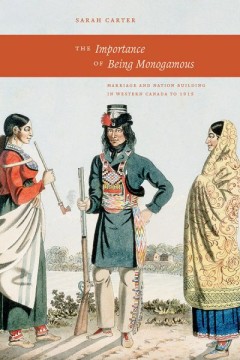
The Importance of Being Monogamous Marriage and Nation Building in Western C…
Sarah Carter reveals the pioneering efforts of the government, legal, and religious authorities to impose the “one man, one woman” model of marriage upon Mormons and Aboriginal people in Western Canada. This lucidly written, richly researched book revises what we know about marriage and the gendered politics of late 19th century reform, shifts our understanding of Aboriginal history during …
- Edition
- -
- ISBN/ISSN
- 9780888644909.01
- Collation
- -
- Series Title
- -
- Call Number
- 399 pages
Icon, Brand, Myth The Calgary Stampede
An investigation of the meanings and iconography of the Stampede: an invented tradition that takes over the city of Calgary for ten days every July. Since 1923, archetypal “Cowboys and Indians” are seen again at the chuckwagon races, on the midway, and throughout Calgary. Each essay in this collection examines a facet of the experience—from the images on advertising posters to the ritual …
- Edition
- -
- ISBN/ISSN
- N 978-1-897425-05-3
- Collation
- -
- Series Title
- The West Unbound: Social and Cultural Studies
- Call Number
- -
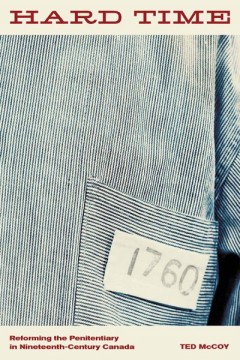
Hard Time Reforming the Penitentiary in Nineteenth-Century Canada
Tracing the rise and evolution of Canadian penitentiaries in the nineteenth century, Hard Time examines the concepts of criminality and rehabilitation, the role of labour in penal regimes, and the problem of violence. Linking the lives of prisoners to the political economy and to movements for social change, McCoy depicts a history of oppression in which prisoners paid dearly for the reciprocal…
- Edition
- -
- ISBN/ISSN
- 978-1-926836-96-6
- Collation
- -
- Series Title
- -
- Call Number
- 349 pages

Expansive Discourses Urban Sprawl in Calgary, 1945-1978
A groundbreaking study of urban sprawl in Calgary after the Second World War. The interactions of land developers and the local government influenced how the pattern grew: developers met market demands and optimized profits by building houses as efficiently as possible, while the City had to consider wider planning constraints and infrastructure costs. Foran examines the complexity of their int…
- Edition
- -
- ISBN/ISSN
- 978-1-897425-13-8
- Collation
- -
- Series Title
- The West Unbound: Social and Cultural Studies
- Call Number
- 6 x 9, 284 pages
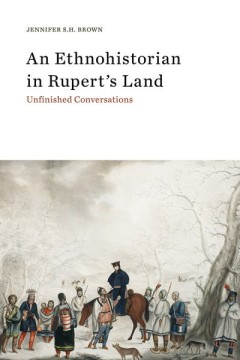
An Ethnohistorian in Rupert’s Land Unfinished Conversations
While diverse in their subject matter, the essays have thematic unity in their focus on the old HBC territory and its peoples from the 1600s to the present. More than an anthology, the chapters of An Ethnohistorian in Rupert’s Land provide examples of Brown’s exceptional skill in the close study of texts, including oral documents, images, artifacts, and other cultural expressions. The volum…
- Edition
- -
- ISBN/ISSN
- 9781771991711.01
- Collation
- -
- Series Title
- -
- Call Number
- 6 x 9, 368 pages
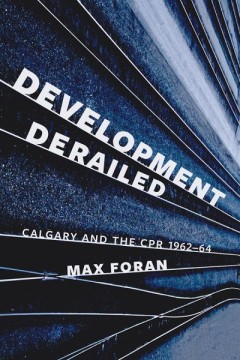
Development Derailed Calgary and the CPR , 1962–64
What, in economic terms, was perceived to be a win-win situation for both parties fell prey to a conflict between corporate rigidity and an unorganized, ill-informed, and over-enthusiastic civic administration and city council. Drawing on the private records of Rod Sykes, the CPR’s onsite negotiator and later Calgary’s mayor, Foran unravels the fascinating story of how politics ultimately u…
- Edition
- -
- ISBN/ISSN
- 978-1-927536-08-1
- Collation
- -
- Series Title
- -
- Call Number
- 272 pages

Defying Expectations The Case of UFCW Local 401
In this study of UFCW 401, Foster investigates a union that has had remarkable success organizing a group of workers that North American unions often struggle to reach: immigrants, women, and youth. By examining not only the actions and behaviour of the local’s leadership and its members but also the narrative that accompanied the renewal of the union, Foster shows that both were essential co…
- Edition
- -
- ISBN/ISSN
- 9781771991995.01
- Collation
- -
- Series Title
- Working Canadians: Books from the CCLH
- Call Number
- -
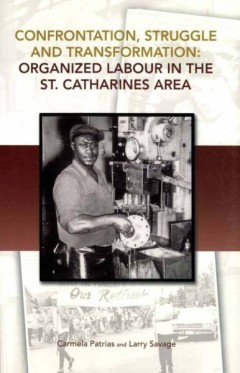
Confrontation, Struggle and Transformation Organized Labour in the St. Catha…
The study explores the labour movement’s fight to survive and thrive in the Niagara region. Thanks to extensive quotations from interviews, archival sources and local newspapers, the story unfolds, in part, through the voices of the people themselves: workers who fought for unions, community members who supported them and employers who opposed them.
- Edition
- -
- ISBN/ISSN
- 9781894000086
- Collation
- -
- Series Title
- CCLH Publications
- Call Number
- -
 Computer Science, Information & General Works
Computer Science, Information & General Works  Philosophy & Psychology
Philosophy & Psychology  Religion
Religion  Social Sciences
Social Sciences  Language
Language  Pure Science
Pure Science  Applied Sciences
Applied Sciences  Art & Recreation
Art & Recreation  Literature
Literature  History & Geography
History & Geography